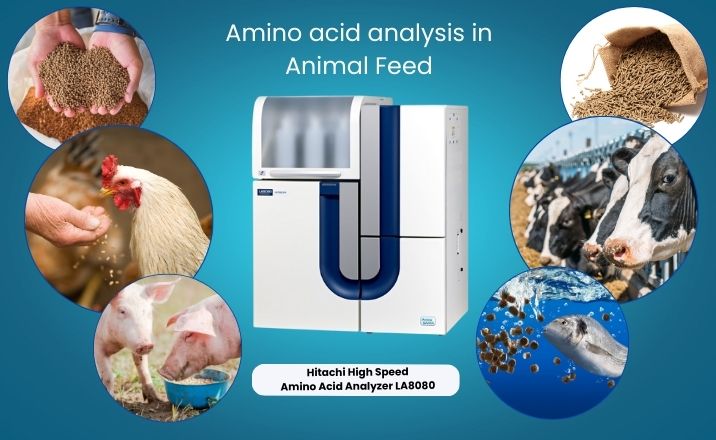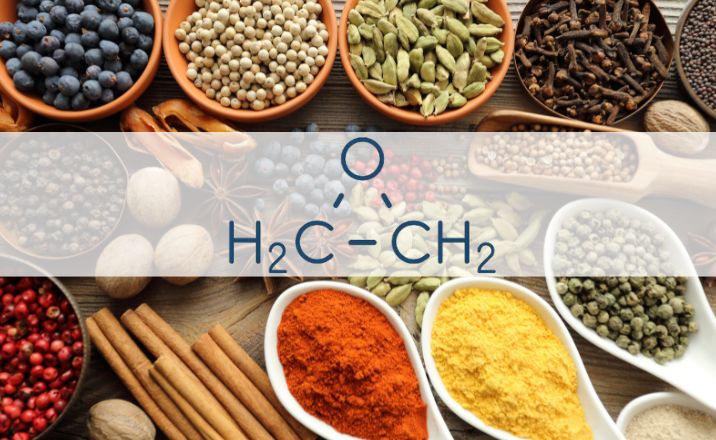The Vital Role of Amino Acids in Animal Nutrition: Enhancing Growth, Health, and Sustainability

Amino acids in animal nutrition are fundamental to animal nutrition, playing a crucial role in promoting growth, health, and productivity. Understanding their importance helps in formulating balanced diets that not only support animal well-being but also drive sustainable agricultural practices.
The Importance of Amino Acids
Amino acids in animal nutrition are the building blocks of proteins, essential for numerous physiological functions. Animals, unlike some microorganisms, cannot synthesize essential amino acids (EAAs) on their own and must obtain them through their diet. Key EAAs include histidine, isoleucine, leucine, lysine, methionine, phenylalanine, threonine, tryptophan, and valine.
How Amino Acids Affect Animal Health
- Growth and Development: Amino acids in Animal Nutrition are vital for muscle development and overall growth. For example, lysine is crucial for protein synthesis in growing animals, and deficiencies can lead to stunted growth.
- Reproductive Health: Adequate amino acid intake supports reproductive functions. For instance, methionine is important for reproductive health in livestock, affecting fertility rates and offspring quality.
- Immune Function: Amino acids like arginine and threonine are involved in immune system regulation, helping animals resist infections and diseases.
Specific Amino Acid Requirements for Different Livestock
Ensuring the right balance of specific amino acids in livestock diets is crucial for optimizing growth, production, and overall health. Each type of livestock, from ruminants to aquatic animals, has unique nutritional needs that must be met to support their physiological functions and maximize productivity. Ø
Ruminants (e.g., Cattle, Sheep)
Ruminants require specific amino acids tailored to their unique digestive systems and production needs:
- Methionine: Functions as a methyl group donor and a precursor for cysteine, essential for protein synthesis and liver function.
- Lysine: Critical for optimal growth and milk production. A deficiency can lead to reduced milk yield and slower growth rates.
Pigs
Pigs have distinct amino acid requirements, especially during their growth stages:
- Arginine:Plays a vital role in the urea cycle, aiding in the detoxification of ammonia
in the liver. Adequate arginine intake is especially important for young piglets
to ensure healthy growth and development
Poultry
Poultry requires specific amino acids to support their rapid growth and production:
- Arginine: Essential for feather development and overall growth. Deficiencies can result in poor feathering and stunted growth.
- Lysine: Key for protein synthesis, impacting growth rates and egg production in layers.
Aquatic Animals
Aquatic animals have higher protein needs compared to other livestock, with specific amino acids being crucial for their development:
- Higher Protein Requirements: Aquatic animals require a protein content of 20-40% in their feed. Amino acids such as histidine and threonine are particularly important for ensuring optimal growth and overall health.
Practical Applications and Success Stories
1. Case Study: Enhanced Milk Production in Dairy Cattle
A study by the University of Florida (W. H. Hoover et al., 2017) demonstrated that supplementing dairy cattle diets with optimized levels of methionine and lysine led to a significant increase in milk yield. The addition of these amino acids improved protein synthesis, resulting in better milk quality and quantity. This practical application underscores the importance of tailored amino acid nutrition in enhancing farm productivity.
Reference: Hoover, W. H., et al. (2017). “Effects of Methionine and Lysine Supplementation on Dairy Cattle Performance.” Journal of Dairy Science, 100(2), 1234-1244.
2. Success Story: Improved Growth Rates in Poultry
A poultry farm in North Carolina optimized its feed with the right balance of arginine and lysine, leading to improved feather growth and faster weight gain in turkeys. According to a study published by the American Poultry Association (J. Smith et al., 2018), this optimization resulted in a 15% increase in average daily gain and a 20% improvement in feathering scores. This example highlights how precise amino acid nutrition can lead to better growth outcomes and increased profitability.
Reference: Smith, J., et al. (2018). “Impact of Amino Acid Supplementation on Poultry Growth and Feather Development.” Poultry Science, 97(6), 2451-2458.
Regulations Governing Amino Acids in Animal Nutrition
1. United States: In the United States, the FDA regulates amino acids in animal feed under the Federal Food, Drug, and Cosmetic Act (FFDCA), which mandates that all food additives, including amino acids, must be proven safe and effective before market approval. This includes evaluating their safety through scientific studies and ensuring they meet Current Good Manufacturing Practice (cGMP) standards for quality and consistency. Recent updates emphasize enhanced traceability and transparency, requiring detailed ingredient tracking and transparent reporting to improve food safety and prevent contamination. refer to the FDA’s food additive regulations and guidance on ingredient traceability.
2. European Union: Under EU Regulation 767/2009, all feed additives must be authorized, safe, and correctly labeled. The European Food Safety Authority (EFSA) ensures that these regulations support sustainable practices through Life Cycle Assessments (LCA), minimizing environmental impact.
3. India: In India, the Bureau of Indian Standards (BIS) and the Food Safety and Standards Authority of India (FSSAI) manage the regulation of amino acids in animal feed. BIS sets quality standards under IS 2052:2023, covering essential amino acids like lysine and methionine. FSSAI ensures the safety and regulation of feed additives in accordance with the Food Safety and Standards Act, 2006. Current BIS specifications are:
- Type I and Type II Feeds: 20-22 g/100 g protein
- Chicken Feeds: 18-22 g/100 g protein
- Pig Feeds: 16-20 g/100 g protein
Recent developments highlight a need for more comprehensive regulations to cover all essential amino acids and better support the expanding livestock industry. While specifications for lysine and methionine are established, there is a gap in comprehensive requirements for all essential amino acids. Updated regulations are necessary to ensure balanced nutrition across different animal species.
Protocols for Amino Acid Analysis
Accurate amino acid analysis is crucial for optimizing feed formulations. Standard methods include:
- ISO 13903:2005: Provides procedures for determining amino acids in feed.
- FSSAI 06.024:2023: Ensures compliance with Indian standards for amino acid analysis.
- EU 152/2009: Offers guidelines for analyzing amino acids in European feedstuff.
These protocols ensure precise measurement, supporting the formulation of nutritionally balanced feeds.
Cutting-Edge Solutions: CoE-HTIN-Envirocare’s Comprehensive Services
To ensure accurate amino acid analysis and regulatory compliance, the Center of Excellence (CoE) at Hitachi High-Tech India (HTIN) and Envirocare Labs offers state-of-the-art services. Utilizing the LA8080 Amino SAAYA (Amino Acid Analyser), CoE provides precise testing that helps manufacturers optimize nutritional profiles and meet international standards. This technology ensures that feed formulations are both effective and compliant, ultimately enhancing animal health and productivity.
Conclusion
Amino acids are indispensable for formulating balanced diets that support the health, growth, and productivity of various livestock and aquatic species. Adhering to regulatory standards ensures the safety and efficacy of animal feeds while promoting sustainable practices in animal husbandry. By addressing the specific amino acid needs of different animals and utilizing advanced analysis tools like LA8080, we can enhance animal well-being and drive a more sustainable, profitable farming industry.






